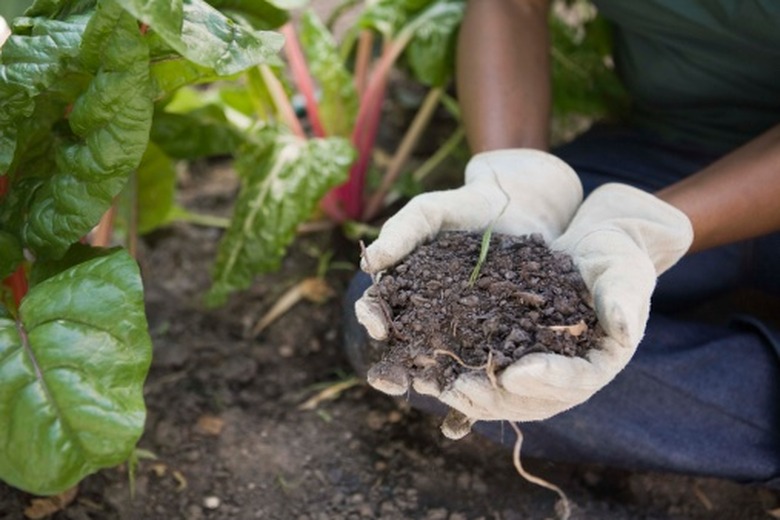How Often Should You Change Potting Soil?
Gardeners are often stumped about knowing when to change a plant's potting soil. Pay close attention to your plants; they tell you exactly when they need of fresh soil. Because proper soil provides a plant with the nutrients it needs to grow, it's one message you don't want to miss.
Conditions for Repotting
Conditions for Repotting
The University of Illinois outlines several conditions for which a plant should be repotted and the potting soil changed. Change the potting soil when the plant no longer fits into its current pot. Plant-care.com suggests to gradually stepping the plants up to the next size pot. Repot when the current soil is hardened. Other reasons to repot, according to North Dakota State University Extension Service, are when a plant wilts a day or two after watering, discolored leaves or a lack of new growth.
Best Time to Repot
Best Time to Repot
According to the University of Illinois, the spring and summer are the ideal times to repot plants, both indoor and outdoor. This is when they are actively growing.
How to Change the Soil
How to Change the Soil
Watering the plant at least one day before changing the soil minimizes stress. If the roots are tightly compacted in the container, carefully knock the plant against a hard surface until loosened. Pull the plant by lifting the base and remove it from the container. The plant is now ready for transfer to its new, clean container, an important detail, according to North Dakota State University Extension. Place pieces of broken clay pots or gravel on top of the drainage holes, and then fill with fresh potting soil to about ½ inch within the rim or top of the container.
What Kind of Soil
What Kind of Soil
The roots of a plant grown in a container are confined to its pot, so need the best soil possible. The ideal soil as an equal mixture of organic matter, such as peat moss or manure, garden loam and perlite. There are different types of that vary in cost according to their ingredients. Choose a potting mix based upon a plant's needs. African violets and orchids need a special environment for growth and need a specific potting soil, according to Whitman County Master Gardeners. An all-purpose potting mix is good for plants in a container garden, because it allows for proper drainage and room for root growth. Plant food may be added to all-purpose potting mix, or gardeners may use an all-purpose soil with a fertilizer added into the mix. Equally important is maintaining the proper pH level. According to the Exploratorium Science of Gardening, 6.5 is the optimal pH level for most nonacidic plants. A soil test reveals the pH level, allowing gardeners to change the potting soil type, if needed.
